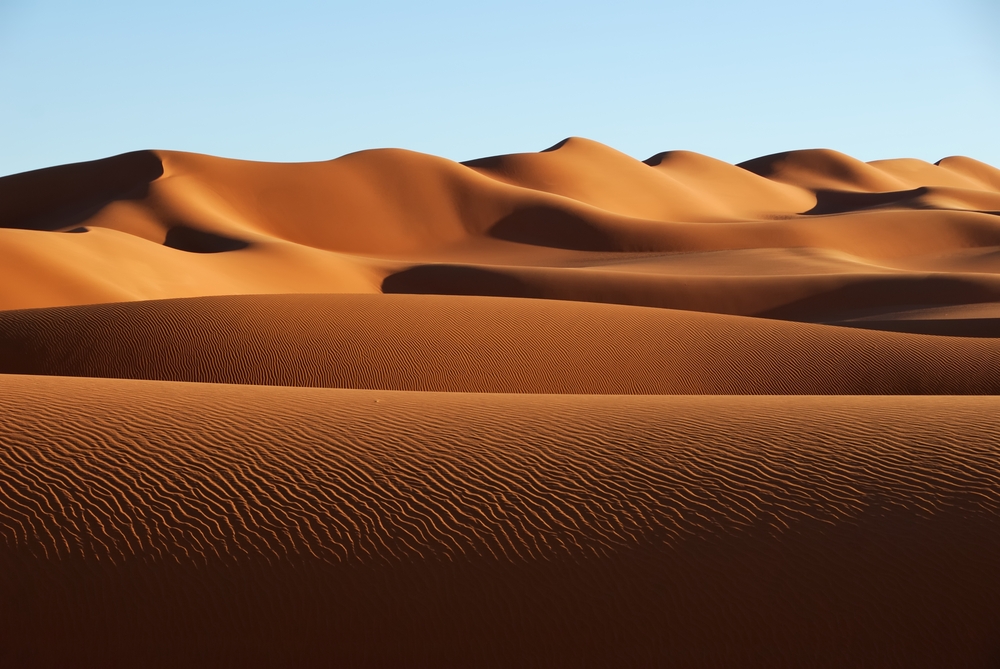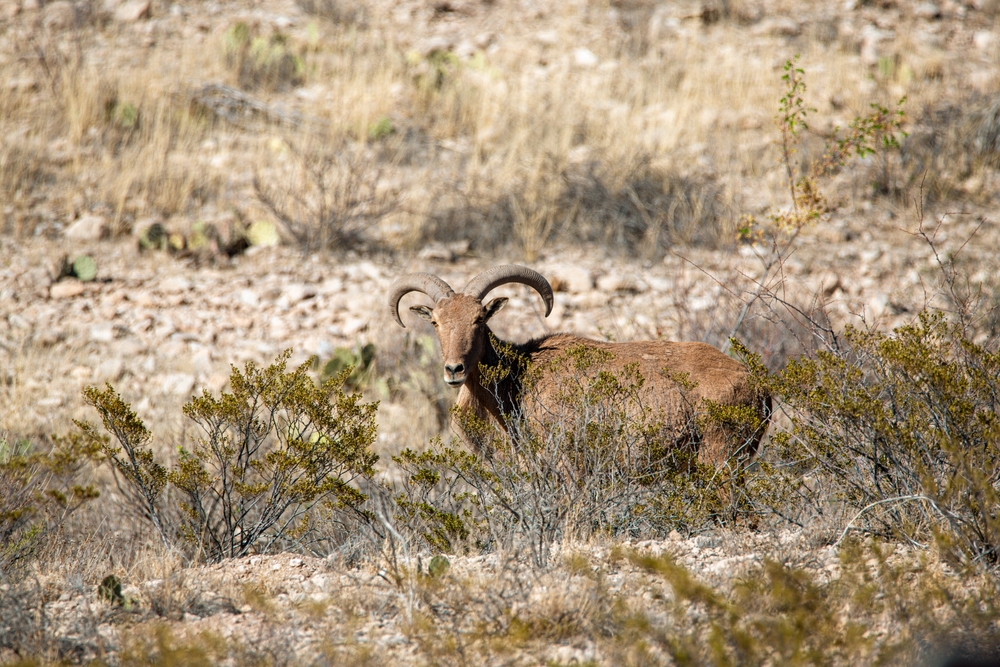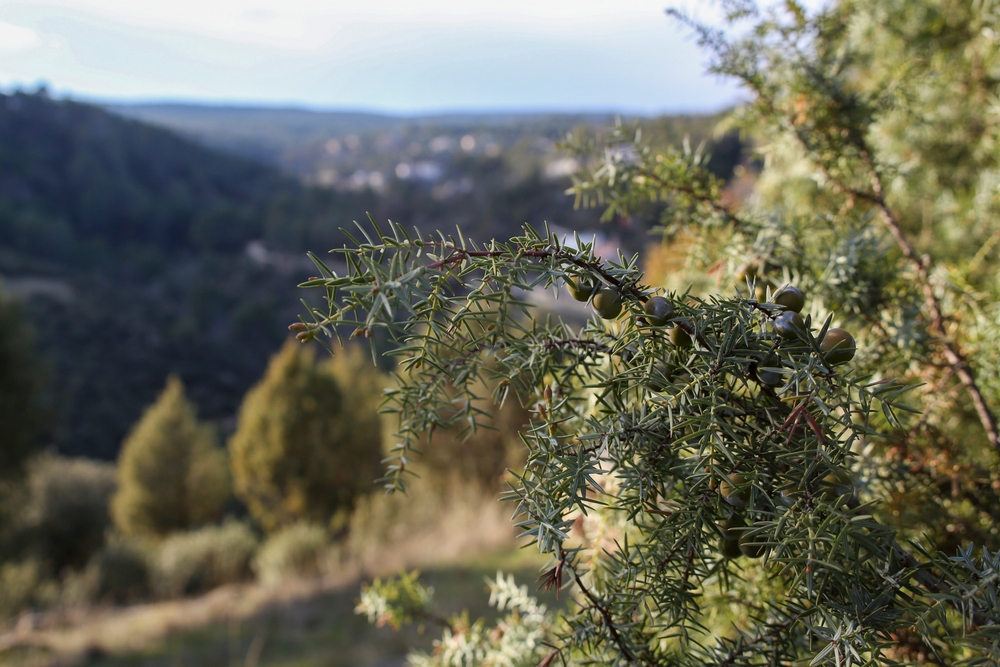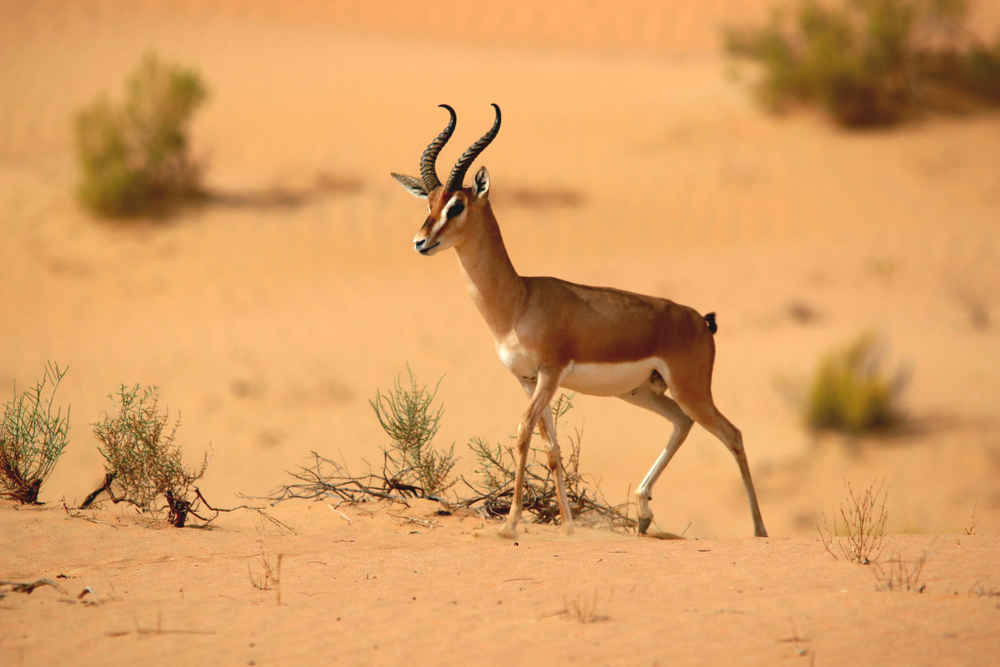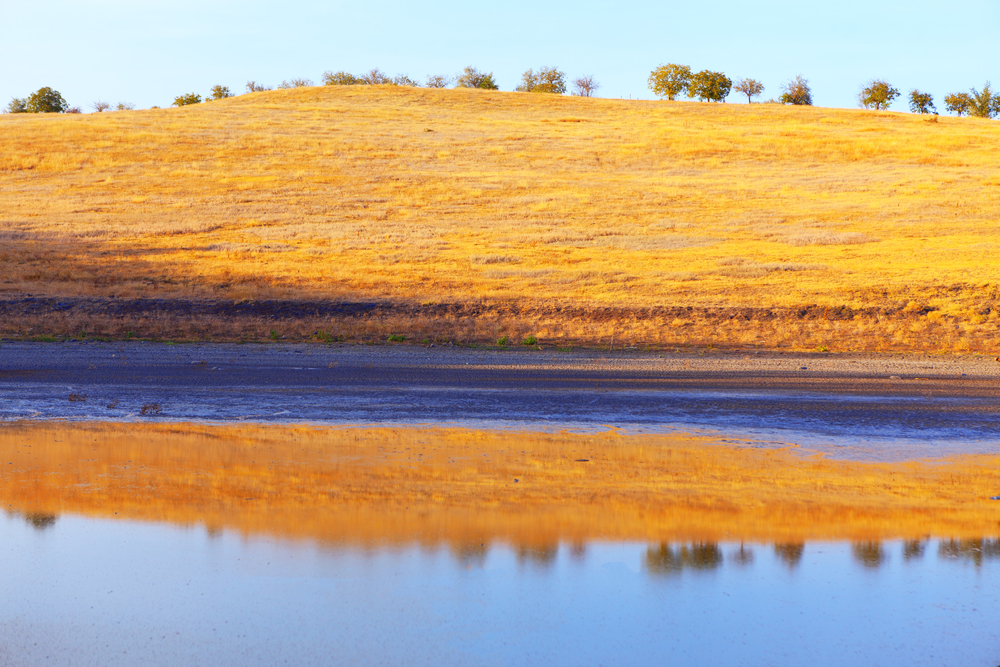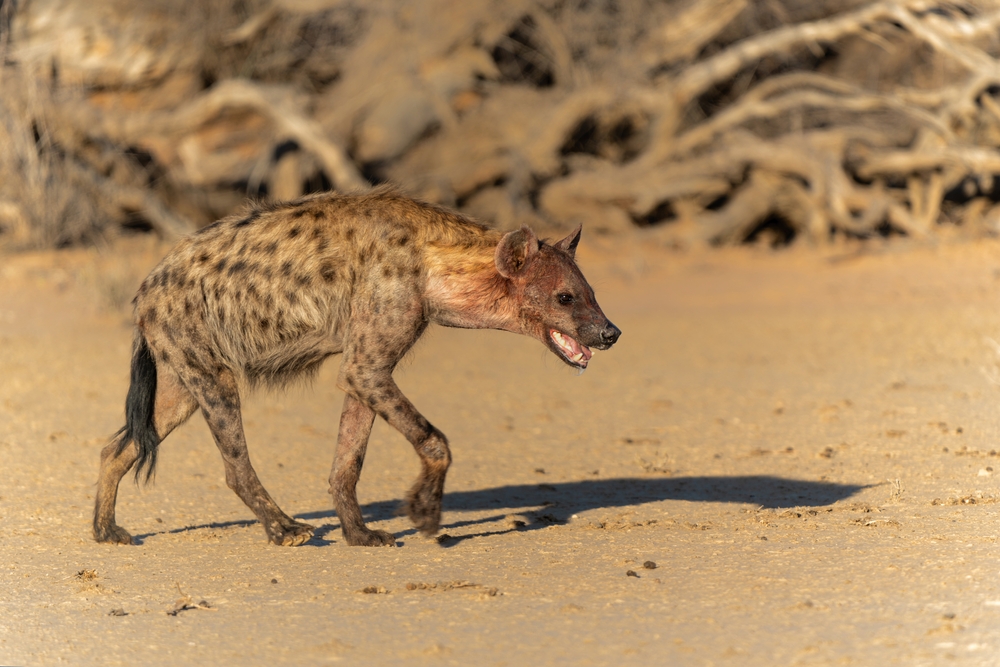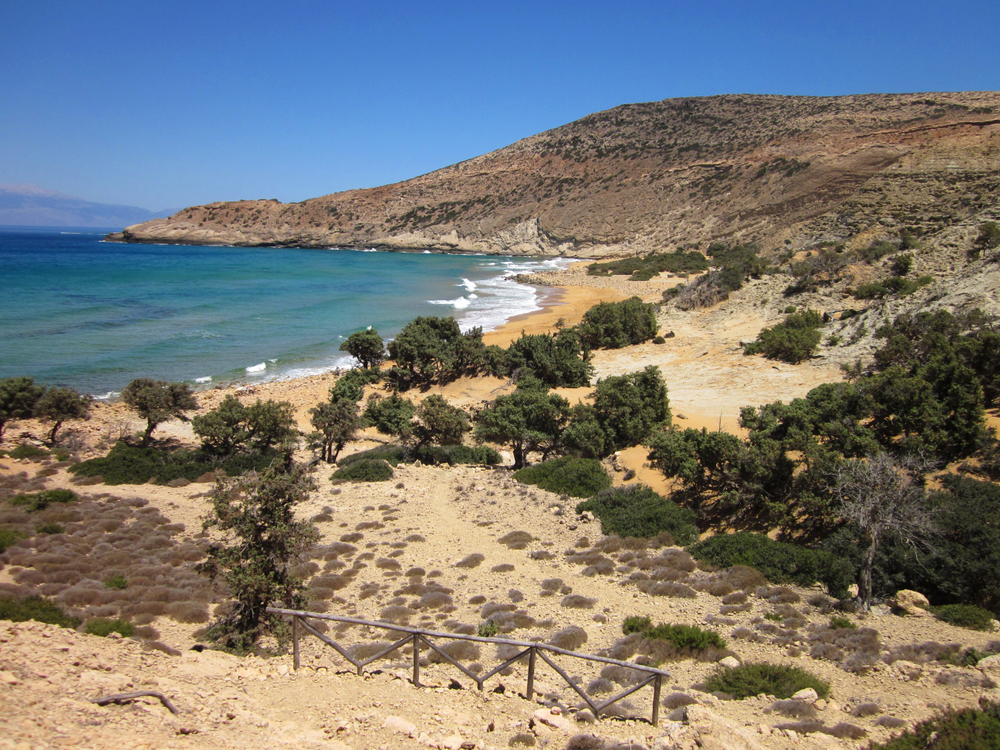Libya, a vast country in North Africa, boasts a small but significant number of official national parks, each reflecting the nation’s diverse ecosystems and rich heritage. Although Libya is better known for its expansive deserts and ancient cultural sites, its national parks offer unique landscapes that support diverse flora and fauna. These protected areas include desert oases, rugged mountain ranges, and coastal regions, demonstrating the country’s ecological variety.
Among Libya’s most notable national parks is Al-Kouf National Park, situated in the northeastern part of the country. This park is renowned for its striking contrasts, where verdant valleys and steep cliffs meet arid desert surroundings. The park is home to a variety of wildlife, including gazelles, wildcats, and an array of bird species, as well as diverse plant life, making it a crucial biodiversity hotspot. Its scenic landscapes and cultural artifacts also attract visitors interested in the intersection of natural beauty and history.
Another highlight is El Naggaza National Park, located in the northern region near the Mediterranean coast. This park plays a critical role in conserving coastal habitats and protecting species like migratory birds and marine life. The park’s coastal setting features sandy beaches, lagoons, and wetlands, making it an important ecological zone in the Mediterranean basin.
Although not a national park, Zellaf National Park, situated in the western part of Libya, is noteworthy for its desert landscapes and unique wildlife. This park serves as a sanctuary for species adapted to arid environments, such as the fennec fox and various reptiles. It also supports rare and endemic plant species, highlighting its importance in preserving desert biodiversity.
Despite the ecological significance of these parks, Libya’s conservation efforts face considerable challenges. Decades of political instability and limited resources have impeded the enforcement of environmental protections. Threats such as illegal poaching, habitat destruction, and unregulated tourism have impacted the fragile ecosystems within these protected areas. However, local and international organizations have been working to raise awareness and support conservation initiatives. Efforts to engage local communities in sustainable practices and promote the value of natural heritage are slowly gaining momentum.
Libya’s national parks, while lesser-known compared to those of other nations, hold immense ecological and cultural value. They offer vital habitats for wildlife and opportunities to explore the country’s natural beauty and ancient heritage. As conservation efforts progress, these parks have the potential to become important symbols of Libya’s commitment to preserving its natural legacy.








































































